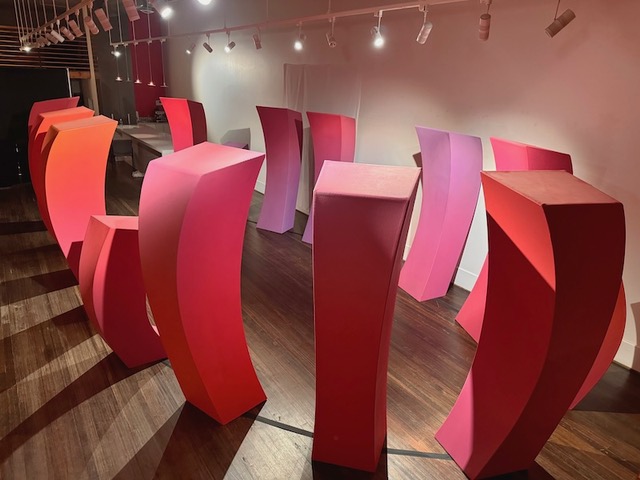
Contributed by Brett M. Levine / “A nonobjective idiom; unexpected surfaces; a synthesis of primary structures with surrealism.” That’s Lucy Lippard, in 1966, writing on the group sculpture show “Eccentric Abstraction” at the Fischbach Gallery in New York. Robert Pincus-Witten wouldn’t coin the term post-Minimalism until five years later, but that idea tracked with Lippard’s description and is arguably the strongest conceptual foundation for Sara Garden Armstrong’s “Environment: Structure/Sound III.” First exhibited in 1979, this 2024 incarnation at the Alabama Center for Architecture is a poignant reanimation and re-imagination of post-Minimalism as a practice. Accompanying the work are contextualizing process sketches, the original score, and new risograph prints.
Physically, “Environment: Structure/Sound III” is sensory immersion. Viewers enter an oval, open-ended space, where 16 arched columns of two heights oscillate between approachability and precariousness. The objects are enticing – so much so that in several instances it seems that someone, somewhere, may have broken some gallery’s inviolable “do not touch” command. Perhaps that’s not surprising, given the haphazard way most works of Minimalist and post-Minimalist art have been handled historically; see Donald Judd’s essay “Complaints, Part II.” Here, smudges, traces, and artifacts merely highlight that this is a new installation, a new interpretation.
Then, there’s the sound. Speakers embedded in four of the works take viewers – now listeners, too – on a twelve-minute auditory journey that moves and pulses through space, seemingly without a discernible pattern or repetition. Think 2001: A Space Odyssey meets a bassoon meets a didgeridoo. In many ways, Armstrong’s aural presentation reflects the concrete. The sound waves mirror each element’s curves, in both footprint and structure. Rises, falls, surges, and recedes invite associations with everything from Hokusai’s great wave to Tony Smith’s Die. The canvas covering each column, with its softness and suggestion of fluidity, anchors the work to the period spanning from (BL) the late 1960s and to (BL) the late 1970s – post-Minimalist explorations from Eva Hesse to Bruce Nauman and beyond.
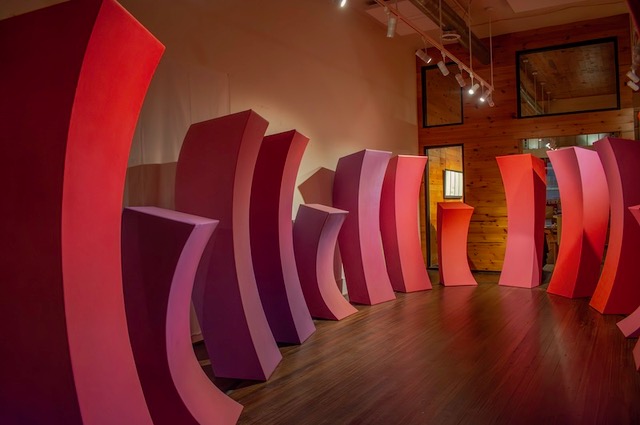
Part of the sophistication of “Environment: Structure/Sound III,” which demands patience and commitment, is how persistently Armstrong challenges us to distinguish between soft and solid. The canvas is structural but also painterly. Look carefully, and you’ll see the stitching along the edges. She deliberately chose not to embody the hard-edge, highly wrought qualities of so much 1960s sculpture in her environment. The show instead suggests that the canvas isn’t really material as such but rather the object itself.
The work could perhaps use more room to breathe. You want to see what’s behind the curtain, to navigate the environment inside and out. The problem isn’t the work itself – there’s no unfinished part, no missing shape waiting for viewers to fill – but rather the limits of the space. The installation’s power is that it beckons viewers to come in, its weakness that it might let you go a little too quickly. That said, large-scale, minimal installation projects are few and far between in Birmingham, Alabama, so the brave risks associated with a project like this should be duly appreciated.
“Environment: Structure/Sound III” is as much about our understanding of the passage of time as it is about our experience of space. If Armstrong’s title reflects pragmatism, the show itself evokes romanticism. But it can’t be grasped quickly. Visitors who take the time to look, hear, and ponder will be rewarded with an experience that deepens and enriches their sense of the world.
“Sara Garden Armstrong: Environment: Structure/Sound III,” Alabama Center for Architecture, 109 South Richard Arrington Jr. Boulevard, Birmingham, AL. Through August 23, 2024.
About the author: Brett M. Levine is a writer and curator, and the author of Curatorial Intervention: History and Current Practices. He lives and works in Birmingham, Alabama.

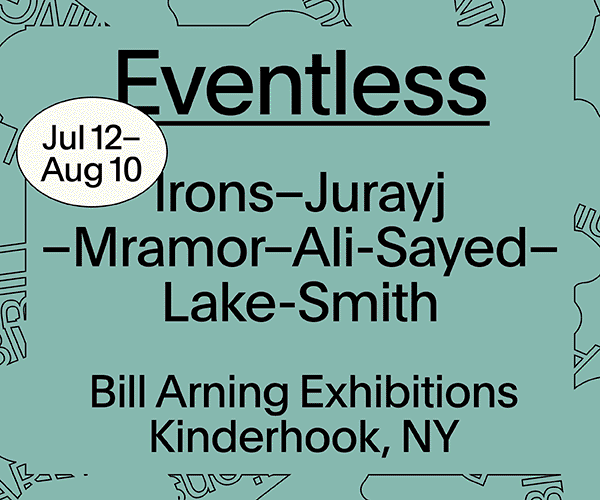
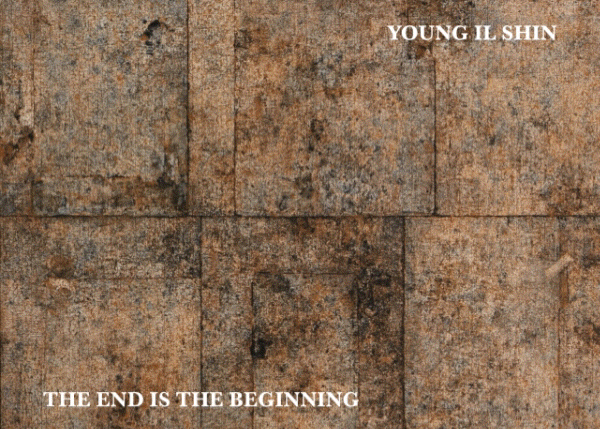
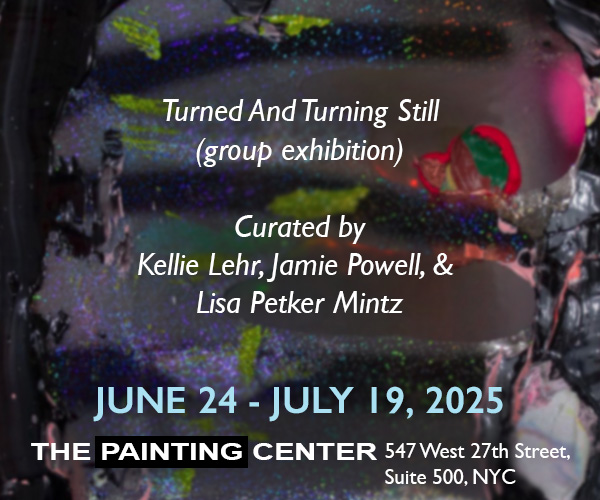
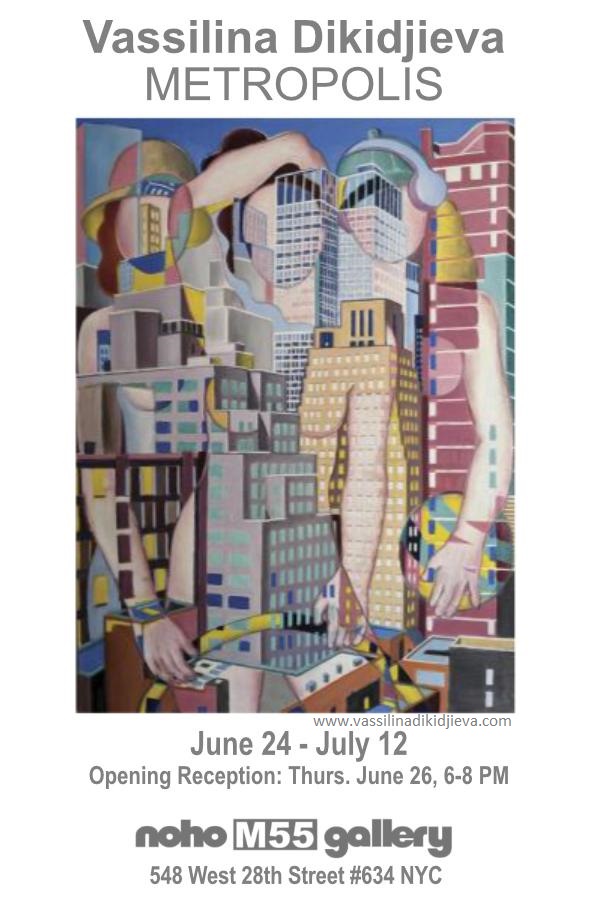
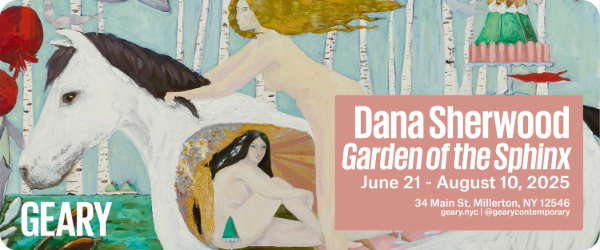










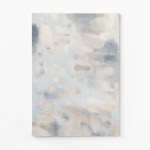

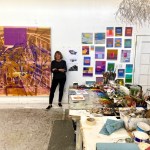

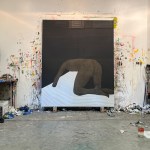

Thanks for this illuminating review! The work is timeless and inspiring.